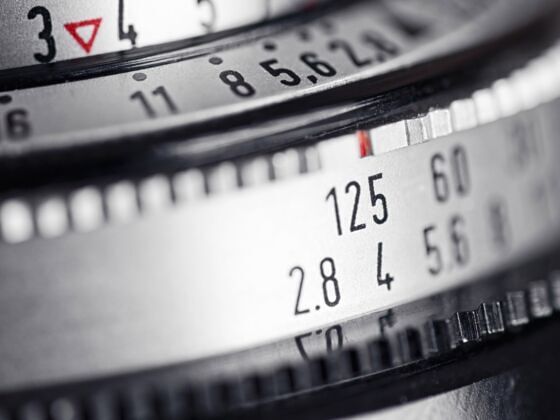What is exposure?
THE TERM EXPOSURE, in regards to photography, comes from Ye Olde Days of film cameras. It literally means to expose the film to light. In today’s sense, it means to expose your sensor to light.
A “correct exposure” then is an image where the sensor was exposed to just enough light to balance the highlights (whites) and shadows (blacks) properly. Too little light results in an “under-exposed” image, which is too dark; too much light and it’ll be “over-exposed” or washed out, and too bright.
What occurs is this: There’s a mirror blocking your sensor until you actually hit the shutter, and when you do, the mirror flips up and allows light to hit the sensor and “expose” your image. How much light, and for how long, depends on your settings.
